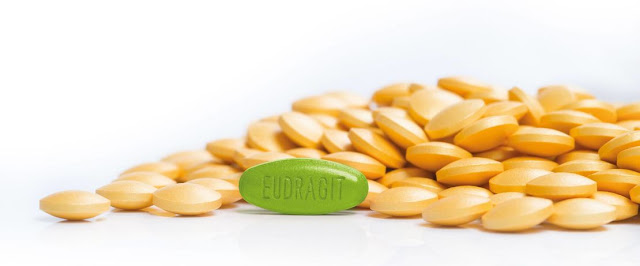Sustained release coatings allow medication to be delivered with minimal side effects
Sustained Release Coating are
highly advantageous in releasing drugs and other pharmaceuticals over a
prolonged period. The use of these coatings enables a medication to be
delivered with minimal side effects. Ethyl & methylcellulose polymers are
the most common materials used for these coating. These materials are also used
as a moisture barrier and taste masking agents. These polymers are highly
resistant to moisture and have excellent sustained-release properties.
Therefore, they are widely used in pharmaceutical and food applications. But,
despite their many advantages, these coatings are not suitable for all
pharmaceutical applications. However, they are effective in producing many
products, including foods and beverages.
According to Coherent Market insights the Global
Sustained Release Coating Market is estimated to be valued at US$ 508.2
Mn in 2021 and is expected to exhibit a CAGR of 6.6% over the forecast period
(2021-2028).
The sustained release coatings
are a form of controlled-release tablet formulation. It allows the active
ingredient to be released from a pharmaceutical product at a slower rate over a
period of time, leading to a lower peak blood level and lower risk of side
effects. Typically, these coatings contain higher drug loadings than their
instant counterparts, which helps maintain uniform blood levels. The benefits
of these tablets are numerous. One application of these coatings is to protect
metal components from corrosion by allowing them to dissolve over time.
Inhibitors are often used to prevent corrosion, and they offer two distinct
forms of protection: passive barrier and inhibitor release. But the concept of
a passive barrier is not completely understood. Therefore, the process for
developing such coatings is empirical. Trial-and-error experiments often
determine release rates and times.
The process of manufacturing the film
coatings is well known in art. The films typically comprise at least one
water-soluble polymer and one plasticizer. Examples of suitable polymers and
plasticizers are acrylic polymers, hydroxypropyl ethyl cellulose, and polyvinyl
alcohol. Further, suitable plasticizers include triethyl citrate and
acetyl-n-butyl citrate.




Comments
Post a Comment